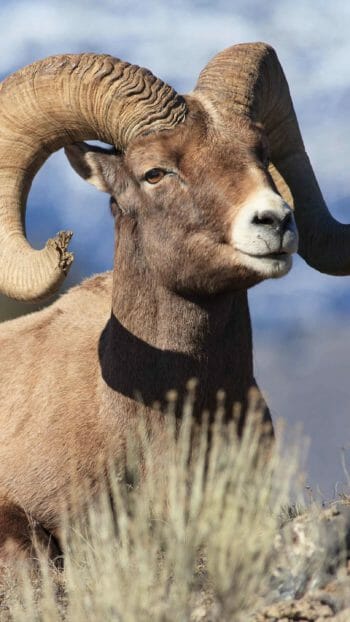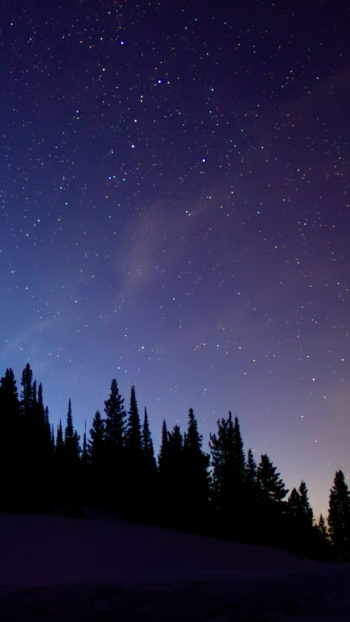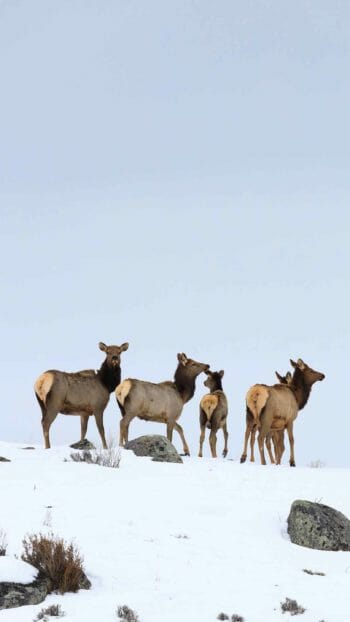Yellowstone National Park is one of the world’s most celebrated wildlife destinations, where vast landscapes and thriving ecosystems come together to support a dazzling array of North American species. From the thunder of bison hooves across the Lamar Valley to the haunting call of wolves at dawn, this park offers a rare opportunity to witness wildlife in its natural habitat. For visitors hoping to see its most iconic animals—grizzly bears, elk, wolves, and more—a guided wildlife tour in Yellowstone is the most rewarding and responsible way to explore.
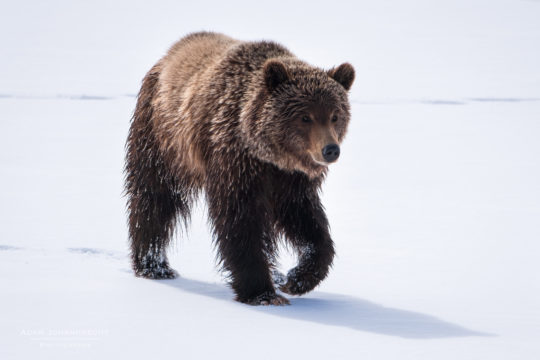
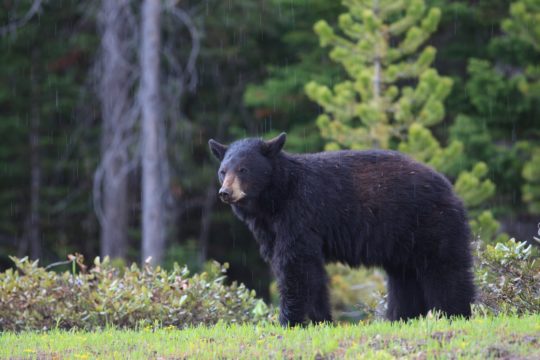
Why Yellowstone Is One of the World’s Best Wildlife Destinations
Yellowstone’s reputation as a wildlife haven is no accident. As the heart of the Greater Yellowstone Ecosystem, the park protects one of the largest nearly-intact temperate ecosystems on the planet. Spanning valleys, forests, rivers, and alpine meadows, this rich habitat supports the largest wild population of bison in the United States, along with elk, moose, black bears, grizzlies, wolves, coyotes, foxes, eagles, and many other species. These natural features provide a year-round home for wildlife, creating exceptional opportunities for wildlife watching, photography, and nature connection.
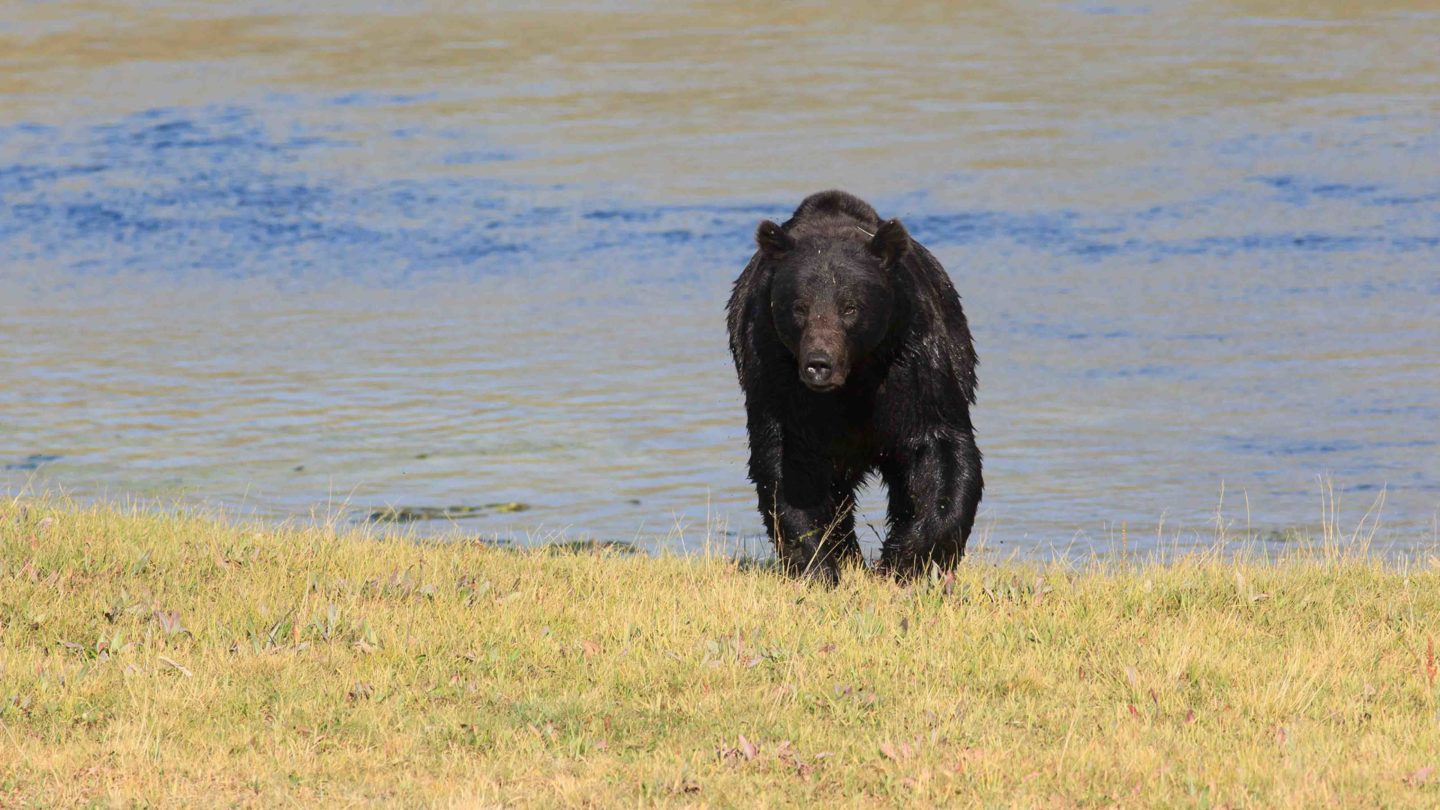
What Wildlife Can You See on a Yellowstone Tour?
A wildlife tour through Yellowstone can vary dramatically from one day to the next, depending on the time of year, weather, and where animals are on the move. Still, some species are reliably spotted on most guided outings. Bison are the park’s most prominent residents, often found grazing in large herds or crossing open meadows, roads, and riverbanks. Grizzly bears are most active in spring and fall, while black bears are more commonly spotted along forested roads and meadows in warmer months. Wolves are a major highlight, especially for those venturing into Lamar or Hayden Valley. These areas are known for their high wolf activity, particularly in the early mornings or during winter when tracks and sightings are easier to spot. Elk and moose are often seen during fall rutting season, adding dramatic sounds and sights to your experience, while smaller carnivores like coyotes and foxes enrich the landscape with their presence throughout the year.
When Is the Best Time to Take a Wildlife Tour in Yellowstone?
The timing of your visit can shape what you’re most likely to see. Spring, from April through June, marks the awakening of the park’s wildlife, with bears emerging from hibernation and newborn bison calves—often called “red dogs” for their bright coats—dotting the landscape. Summer brings long daylight hours, ideal for visibility, and is the height of the bison rut. In the fall, elk take center stage during their rutting season, when bugling males compete for mates, and bears forage actively before winter. Come winter, the park transforms into a quieter, snow-covered wonderland, and this is when wolves become most visible, their dark figures contrasted against the snowy terrain. Fewer visitors during this time make for a more intimate and serene wildlife experience. Across all seasons, the best time of day to view animals is early morning and late evening, when temperatures are cooler and wildlife tends to be on the move.
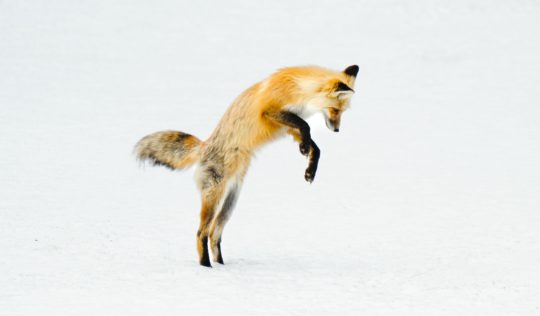
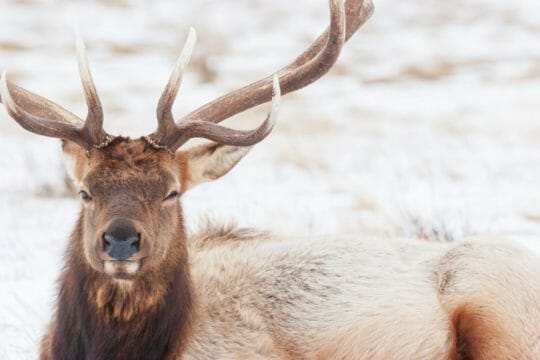
Self-Guided vs. Guided Wildlife Tours: Which Is Best?
While exploring Yellowstone on your own is possible and encouraged for many, there are distinct advantages to choosing a guided wildlife safari. Expert guides offer not only in-depth interpretation of animal behavior, park ecology, and conservation history, but they also bring spotting scopes and binoculars to help you view wildlife from safe, respectful distances. Their knowledge of animal movement patterns, weather, and road conditions allows them to craft a customized route each day that maximizes sightings while minimizing disturbance. And perhaps most importantly, guided tours uphold strict wildlife viewing ethics, helping protect both animals and guests by practicing Leave No Trace principles and understanding wildlife safety protocols.
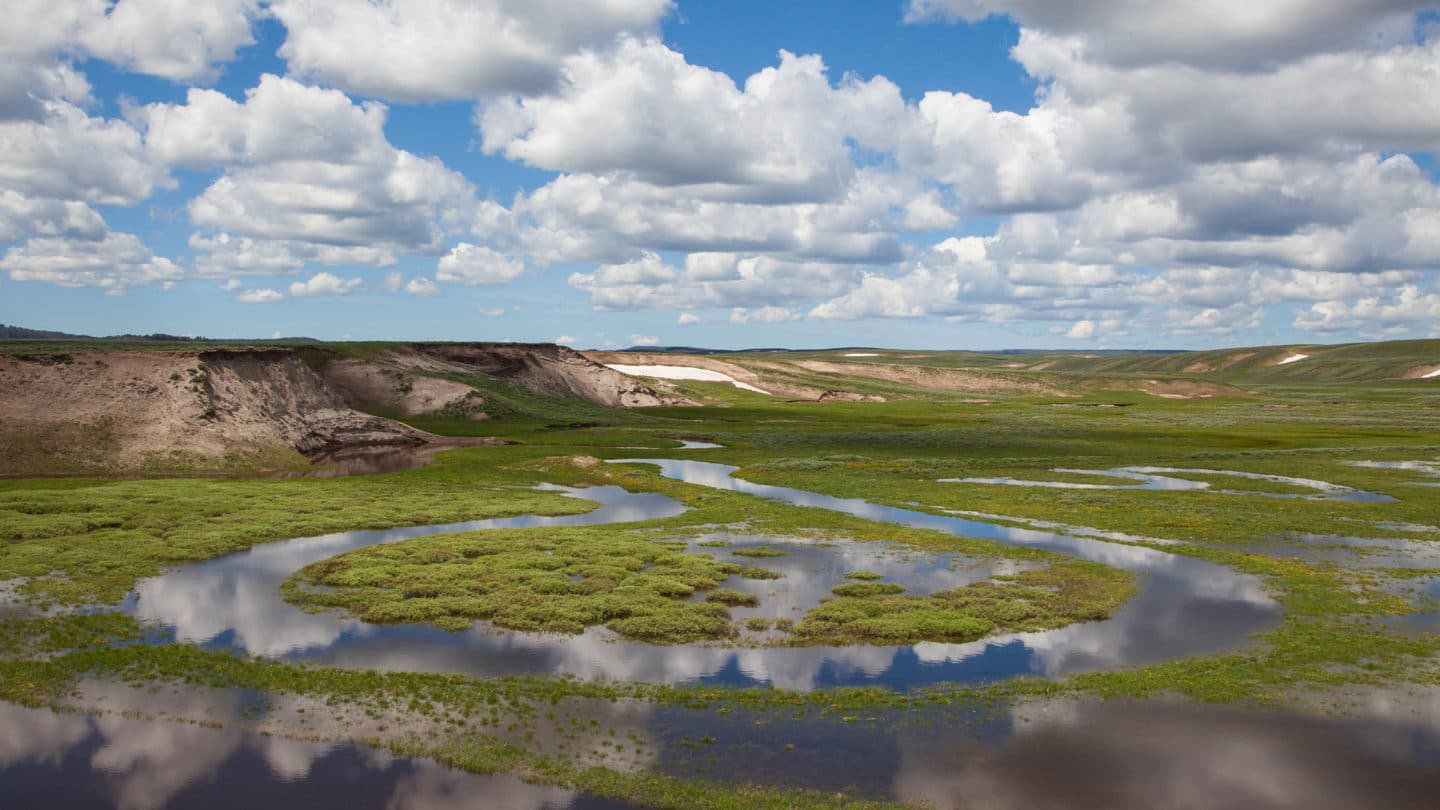
Types of Wildlife Tours Offered in Yellowstone
At Yellowstone Safari Company, we offer several styles of wildlife safaris to meet different needs and interests. Our full-day safaris include our Yellowstone Wildlife Safari, focusing on visiting areas with increased wildlife activity like Lamar Valley or Hayden Valley. For those interested in a more cosmic experience, we offer a combination Wildlife Safari and Stargazing Tour combination which begins with an evening wildlife excursion, followed by some of the best dark-sky stargazing in the Lower 48. If you’re looking for a more extended and immersive adventure, our multi-day-tours embark on a 2-day and 3-day Safari which offer a slower pace and can include the stunning Grand Teton National Park. For travelers with particular interests, private custom tours can be tailored to your goals, whether that’s birdwatching, wildlife photography, or a more relaxed pace. These private safaris are flexible in both schedule and focus, making them perfect for returning visitors or guests with unique priorities.
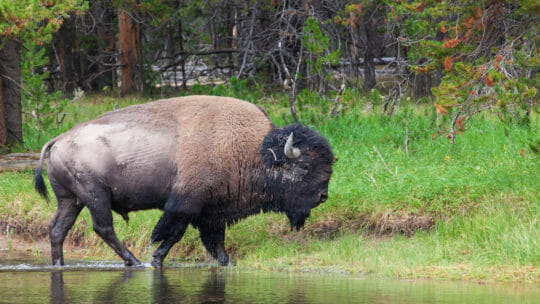
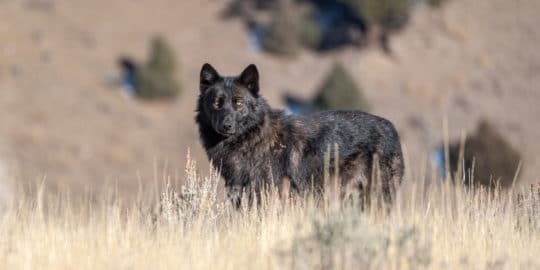
How to Prepare for Your Yellowstone Wildlife Safari
To get the most out of your wildlife tour, it’s important to come prepared. Yellowstone’s weather can shift quickly, so dress in layers that can be adjusted throughout the day. Comfortable, sturdy shoes are a must. Your tour will provide water, snacks, and a picnic lunch. You’ll want to bring personal items like any medications, sun protection, and a camera if you have one. Your guide will also provide you with a pair of binoculars and high-powered spotting scopes to make the most of your wildlife sightings. Most importantly, follow all safety guidelines: always stay at least 100 yards away from bears and wolves, never approach or feed wildlife, and listen closely to your guide’s instructions. Respecting these practices helps protect both animals and future visitors.
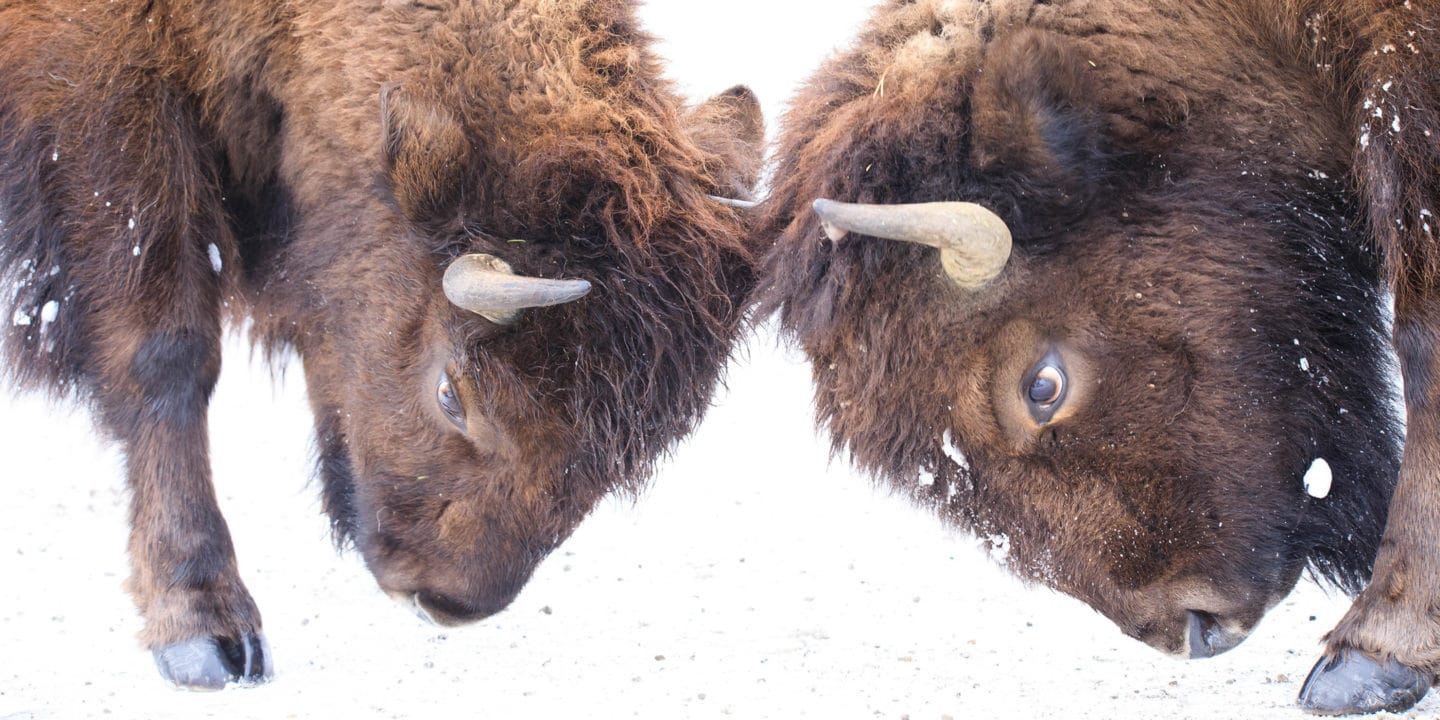
Book Your Yellowstone Wildlife Safari with the Experts
Booking your wildlife tour with a reputable outfitter can make all the difference. At Yellowstone Safari Company, our experienced naturalist guides bring years of field knowledge, a passion for conservation, and a gift for storytelling to every safari. Whether you’re an aspiring wildlife photographer or simply hoping to witness Yellowstone’s legendary animals and natural wonders for the first time, our tours provide an unmatched opportunity to connect with this extraordinary landscape and its wild inhabitants.
Book your Yellowstone Wildlife Safari today at yellowstonesafari.com
FAQs
What is the best time of day to see wildlife in Yellowstone?
The best times are early morning and late evening when animals are most active and temperatures are cooler.
Do I need a guide to see animals in Yellowstone?
While wildlife can be spotted without a guide, joining a guided tour greatly increases your chances and offers valuable ecological insights and responsible viewing practices.
Are wildlife sightings guaranteed?
No. Yellowstone’s animals are wild and free-roaming, but experienced guides know where to go and when to be there to improve your chances.
Which is better for wildlife—Lamar Valley or Hayden Valley?
Both are excellent. Lamar Valley is known for wolf and bison activity, while Hayden Valley is often better for bears and birdwatching.


